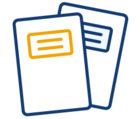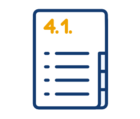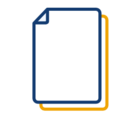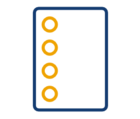Find out about a lace, a headband, and a book jacket. They spice up the book, and they are also practical
Go to a bookstore, stationery shop, or even a library and you'll see how diverse books are at first glance. Not just in content, but in their construction, in what we can touch. Sometimes it's an effect, other times it's a necessity, or a practical tool to help you find your way around. You can find the major terms related to books as a physical product in our glossary.
Basic tangible components of books
We look inside a book, starting with the parts we see at first sight, and gradually working our way in – to the pages that deliver the information or emotions that we expect from a book.
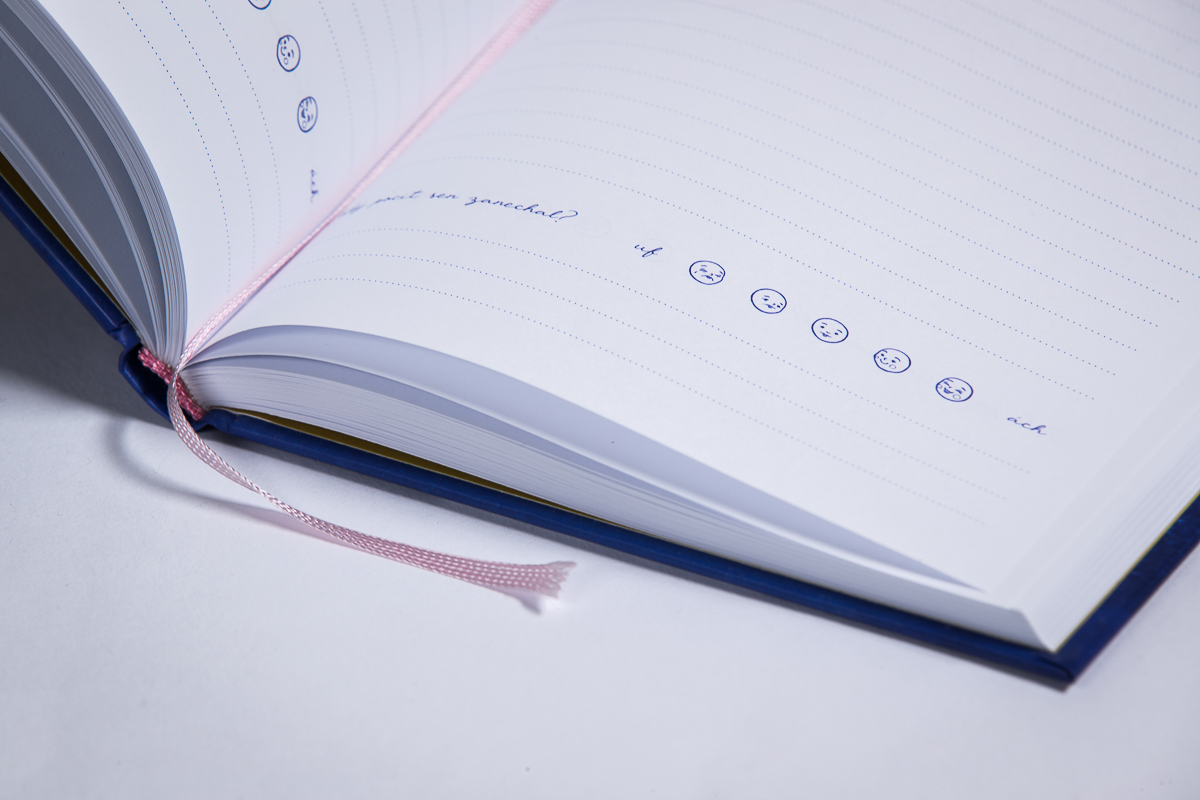
Book jacket
This is the outer sheet of paper that covers and protects the cover of the book. In addition, its design is meant to entice us to buy, offer a sample, or other information that helps us get a better idea of what the book is about. It is laminated and folded over the edges of the cover inside the book.
Its design usually matches the graphics of the book cover, but book jackets made of pure transparent paper or contrasting books jackets are also produced. The exception is not even the covers printed on both sides, where the authors hide additional information, "easter eggs", but also advertising.
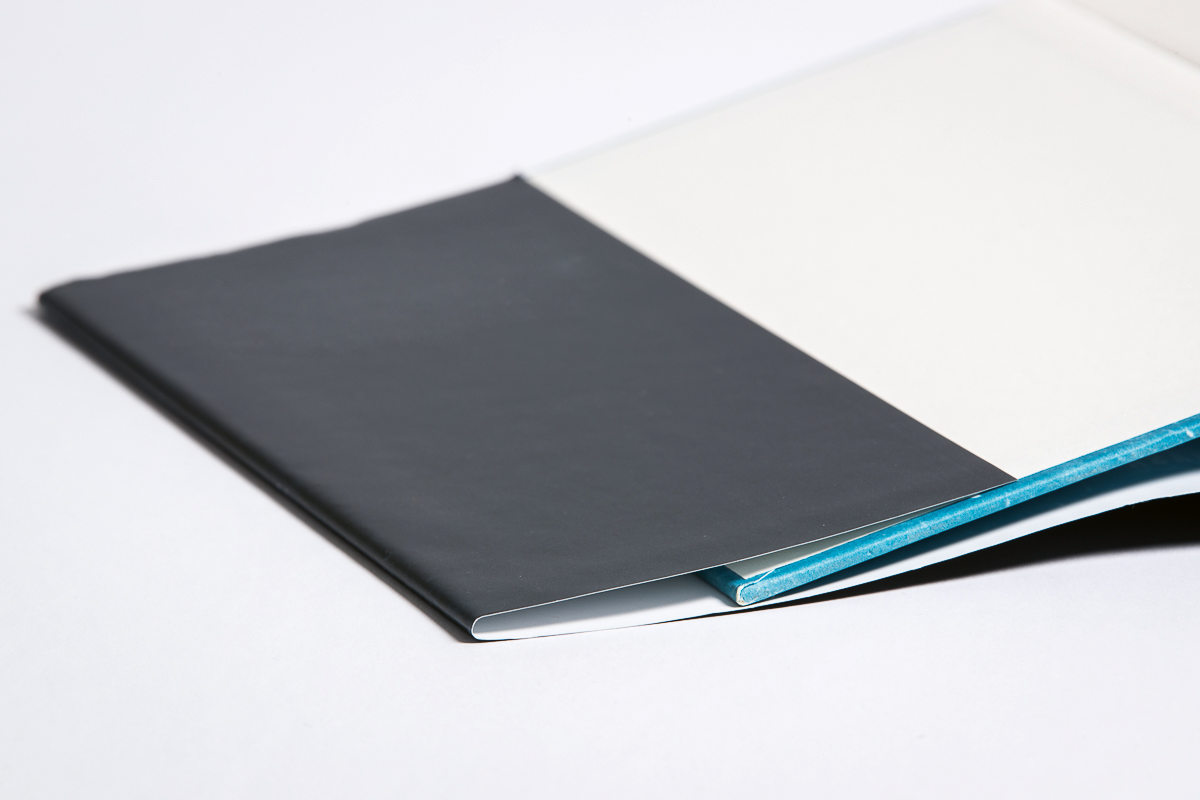
Covers
Here, it depends whether the book is bound in hardcover or paperback.
Hardcovers are typically used in V7 and V8 bindings. They are made of stiff cardboard and nowadays are coated with printed laminated paper. On it we usually find the title of the book, the name of the author, a graphic motif, and other information. Older books used to have a cloth or lace cover, sometimes with no information at all, which readers found only on the cover. The covers usually extend beyond the book block.
The same is true of V2 and V4 paperbacks, except that the cover is made of a soft, flexible laminated paper with a higher weight (usually more than 250 g/m2) with the title, author, and graphics of the book. The cover is usually cut the same as the book block (it does not extend beyond it).
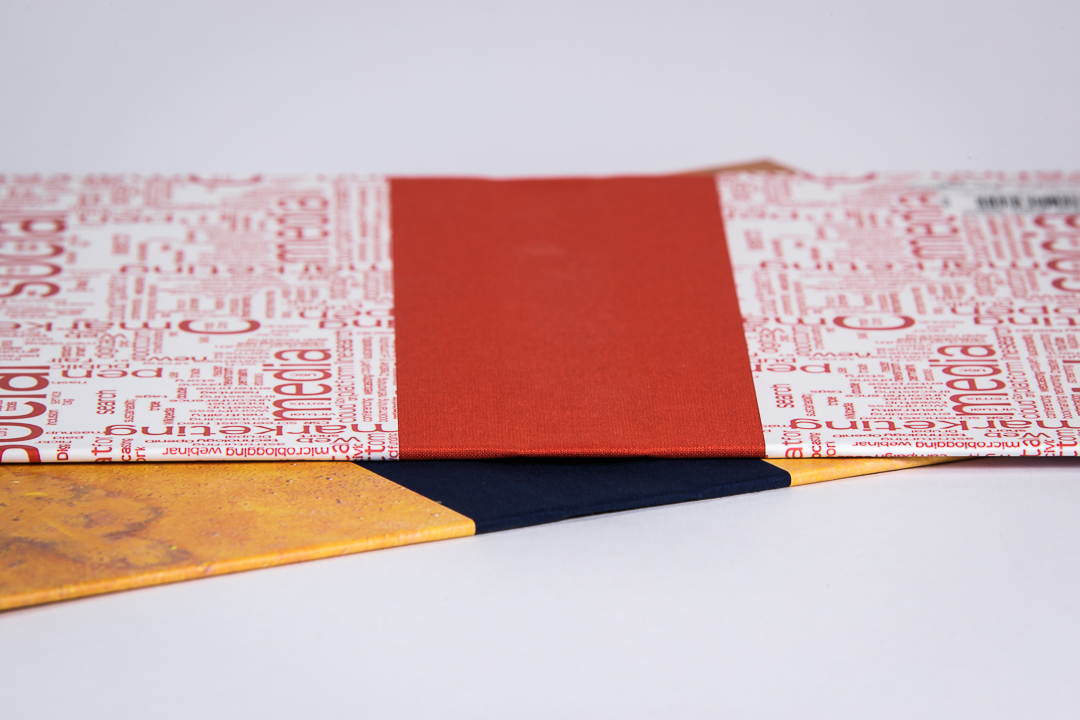
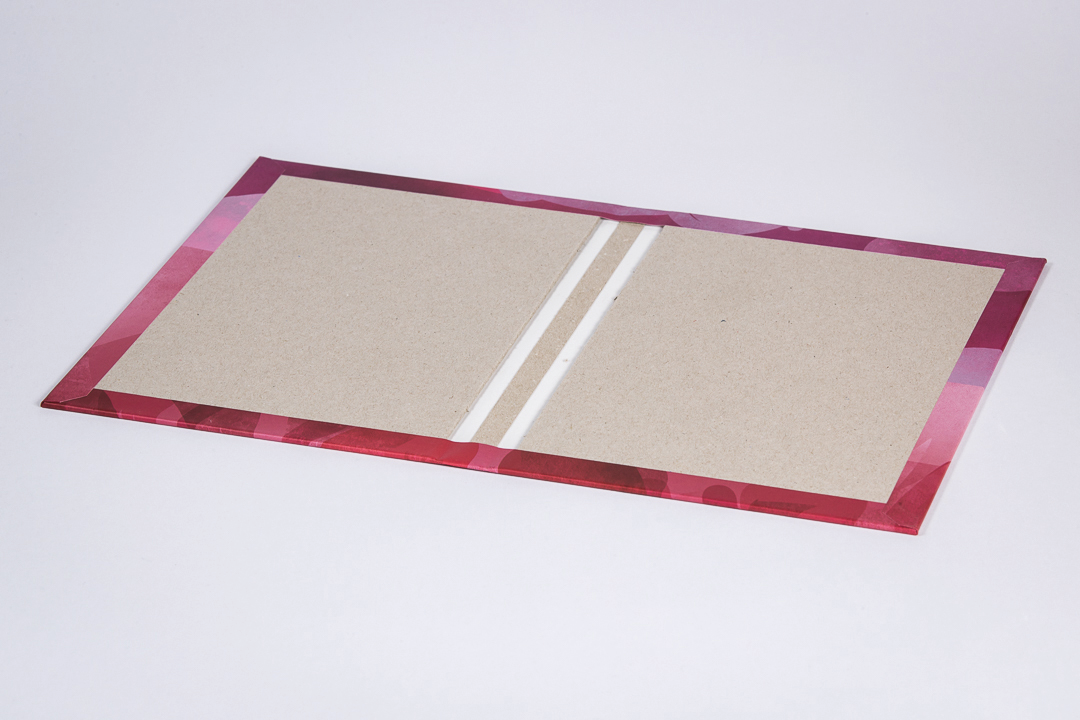
Book cloth
Found on book covers, it carries information about the title, the authors, and the aesthetic representation that the graphic designers or illustrators have created for the book. Most often this is paper, but in the past it was often canvas. Nowadays, V7 bindings, which combine several covering materials (laminated paper, textile or faux leather), are making their way onto the market.
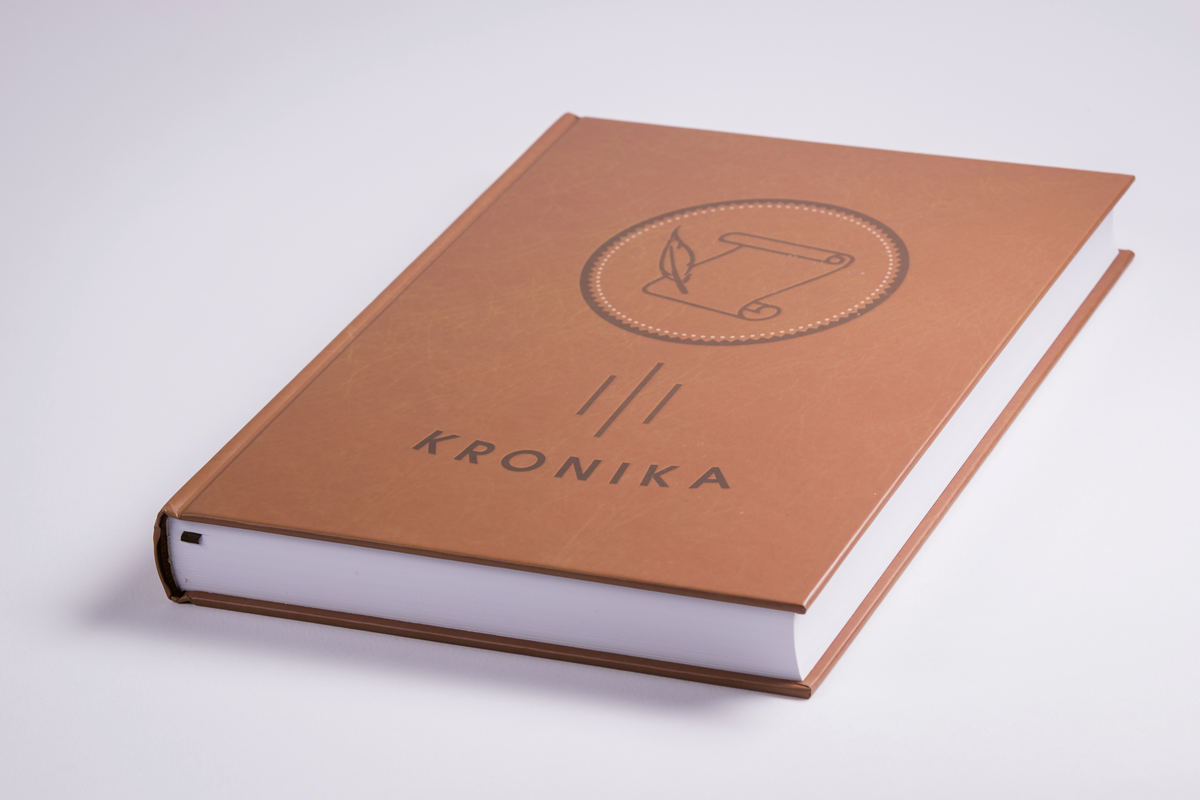
Book spine
This "looks out" at us from the row of books on the shelf of a bookstore or library, and it is an integral part of the book cover or book jacket. Therefore, it also reflects the overall graphic design of the book, informs us about the title and authors of the book, and covers the binding of the book itself. In hardcover books, it is a part of the book cloth and is usually flat or rounded.
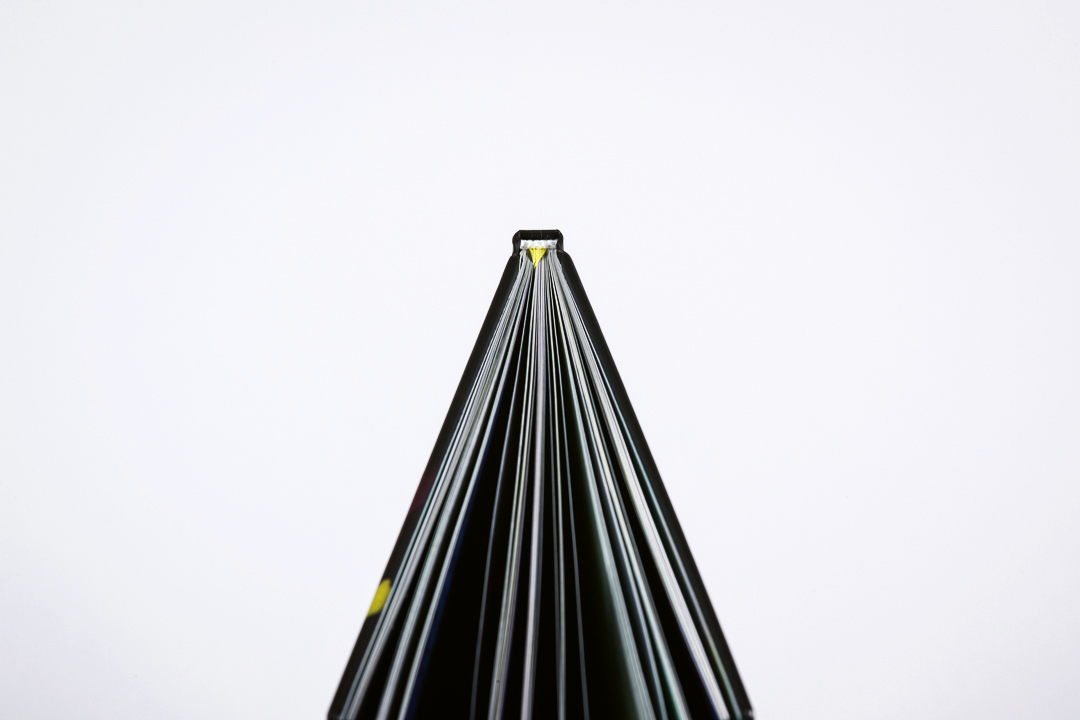
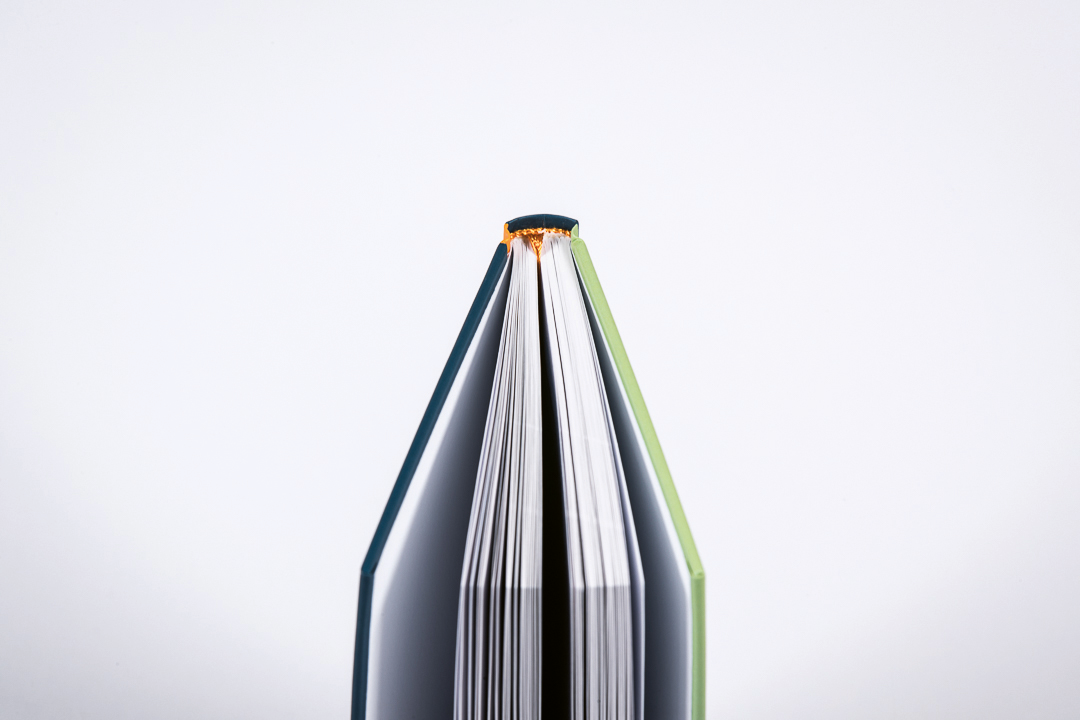
Lace (bookmark)
It is usually a thin strip of lace that is glued directly into the binding or spine of the book. It makes it easier to find our way around the book and reminds us where we last stopped reading. Large books with many pages, specialist publications, or chronicles have more laces.
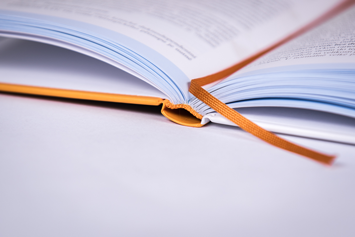
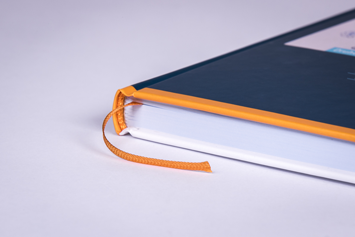
Headband
If you look at a hardcover book from above, you will usually find a piece of cloth stuck in at the spine. As well as its aesthetic role, it has a practical feature – it prevents dust from getting into the binding by covering the gap between the book block and the covers.
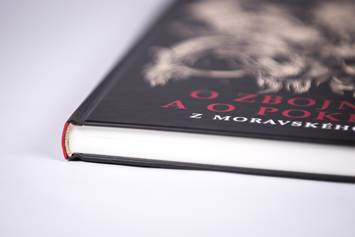
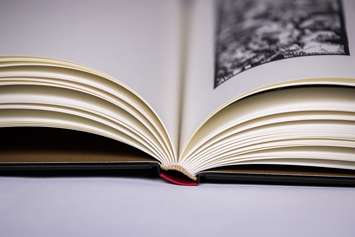
Flyleaf
Its function is to connect the cover to the book block. It is usually an unprinted double sheet of paper that is stiffer (with higher weight) than the pages in the book block. One sheet is glued to the cover, the other to the book block. There are two flyleaves in the book – front and back.
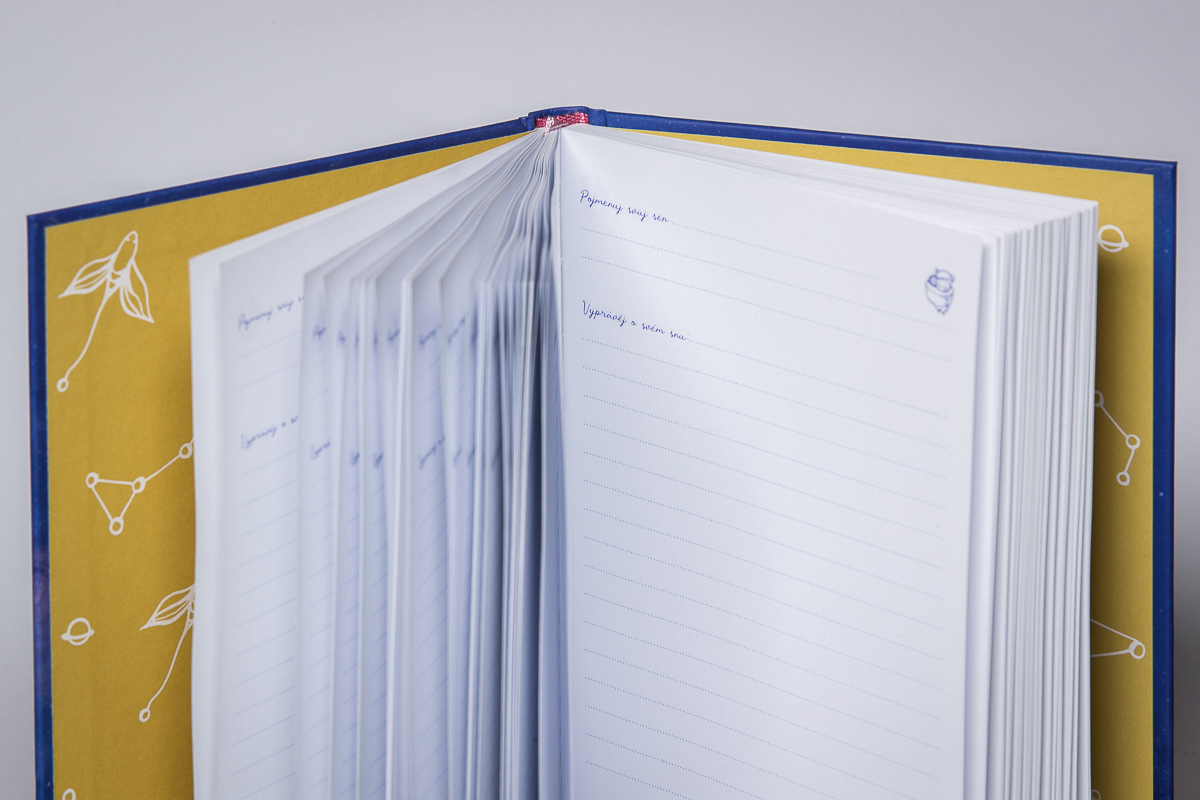
Book block
This is the part of the book which we are usually most concerned with. It is the main informational and aesthetic content of the book from the front to the back flyleaf. The individual pages or page folders of the book block are most often bound by gluing or sewing. In addition to the bound page, the remaining three pages of the block are trimmed "cleanly" using a tri-cut so that none of the pages of the publication protrude.
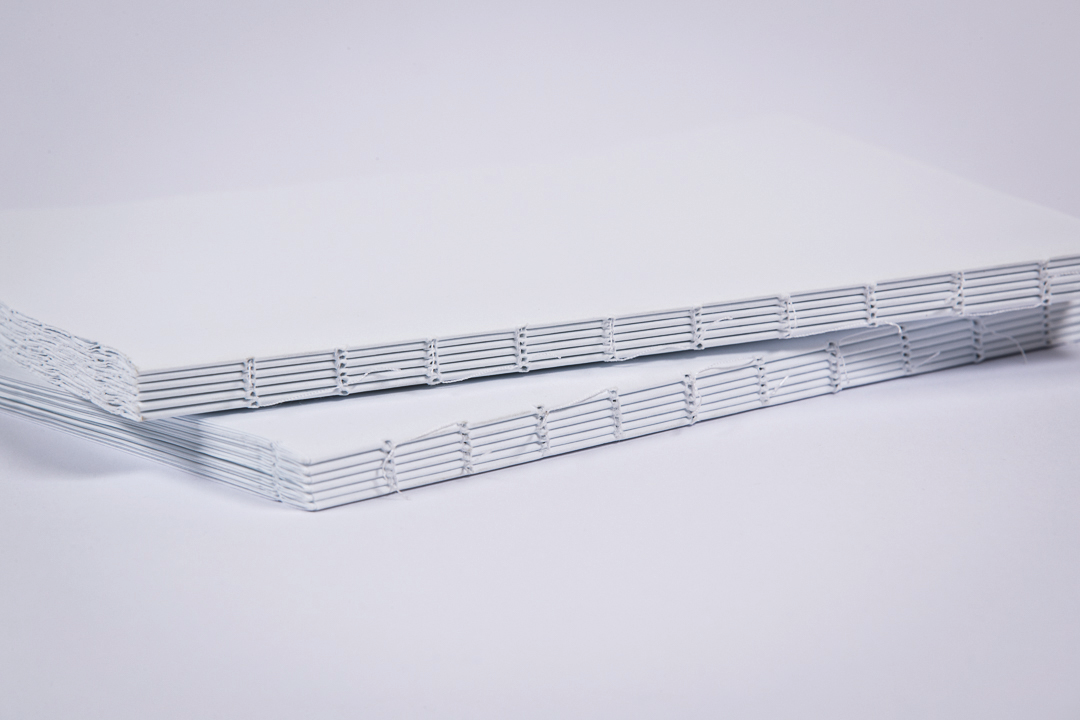
Vacat page
If you come across a blank page inside the book, you have come across a vacat page (which is a page that was left blank intentionally).
Even wood-free paper is made from wood. Discover the secrets of paper types in our short overview
When you are choosing the right print for high-volume flyers, colour magazines, or even luxury business cards, the paper plays a major role. Because it will emphasize the overall impression you and your clients will get from your printed materials. Look which paper best suits your requirements in the overview.
Wood-free vs. wood-pulp paper
Although the names of the papers give the impression that one sort is made of wood and the other is not, wood is the basis of both of them. While wood-pulp paper is usually made from spruce wood, for instance birch wood is used for wood-free paper. There is also a fundamental difference in the processing method:
- the wood for wood-pulp paper production is ground mechanically into fine pulp at the mill,
- the basic material for wood-free paper, on the other hand, is produced chemically.
For wood-free papers, you may also see the term offset. This is because they are typically used for offset printing.
It also depends which additives the paper mill adds to the base mass. These may be bleaches, dyes, or sizing agents. The paper can also be treated after it has been pressed – by smoothing or coating.
In the range of Papírny Brno, wood-free paper is absolutely predominant due to its qualities. It is suitable for the production of exercise books, diaries, record books; it is great for writing, drawing, and painting.
Wood-free vs. recycled office paper
Conventional printer papers are called copier (xerox) or offset papers. They usually weigh around 70 to 80 g/m2 and belong to the category of natural wood-free papers. This means that they are made from the primary natural raw material harvested from the forest – wood.
Recycled papers are a more environmentally friendly alternative. These are made from used paper that is ground up and pressed again. The paper can be recycled up to five times in the paper mill. Then the wood fibres are too damaged to be reused. Despite the limited lifespan of wood fibres, this process is more environmentally friendly than making paper from the primary raw material, ie. wood.
Papírny Brno offers a part of the range of exercise books, record books or wrapping paper made of recycled paper with the weight of 60 g/m2. The lower weight of paper reduces the weight of the products, which saves fuel consumption during transport, and makes them durable and suitable for making notes at school and at work.
Wood-pulp paper vs. recycled paper vs. coated paper
Wood-pulp, wood-free, and recycled papers have one thing in common: their natural surface. While it usually remains on recycled papers, wood-pulp and wood-free papers made from virgin natural materials (trees) are further smoothed and coated.
Ordinary paper is also made into coated paper through coating – it is coated with chalk to smooth and whiten it. This gives coated paper a specific look that is suitable for luxury magazines or books, for example.
How to understand the weight
When choosing your material, you also choose a specific paper weight. This indicates the paper weight per square metre. The basic weight division is:
- paper – with the weight from 8 to 149 g/m2, it is probably the most common of all paper products in exercise books, books, newspapers or in everyday office life;
- cardboard – weighing from 150 to 249 g/m2, which we encounter in the form of postcards, greeting cards, important announcements, business cards or drawings; and
- cover cardboard – weighing from 250 g/m2, which is used for stiffer drawings, book covers, and even boxes for consumer goods.
The higher the weight, the stronger the material. While the lowest-weight papers are used, for example, to make toilet paper or paper tissues, high-weight papers are used to print, for example, postcards or wedding invitations, and are used to make rigid cartons for transporting goods.
We will be happy to discuss with you the specific weight (grammage) and paper suitable for your printing.

